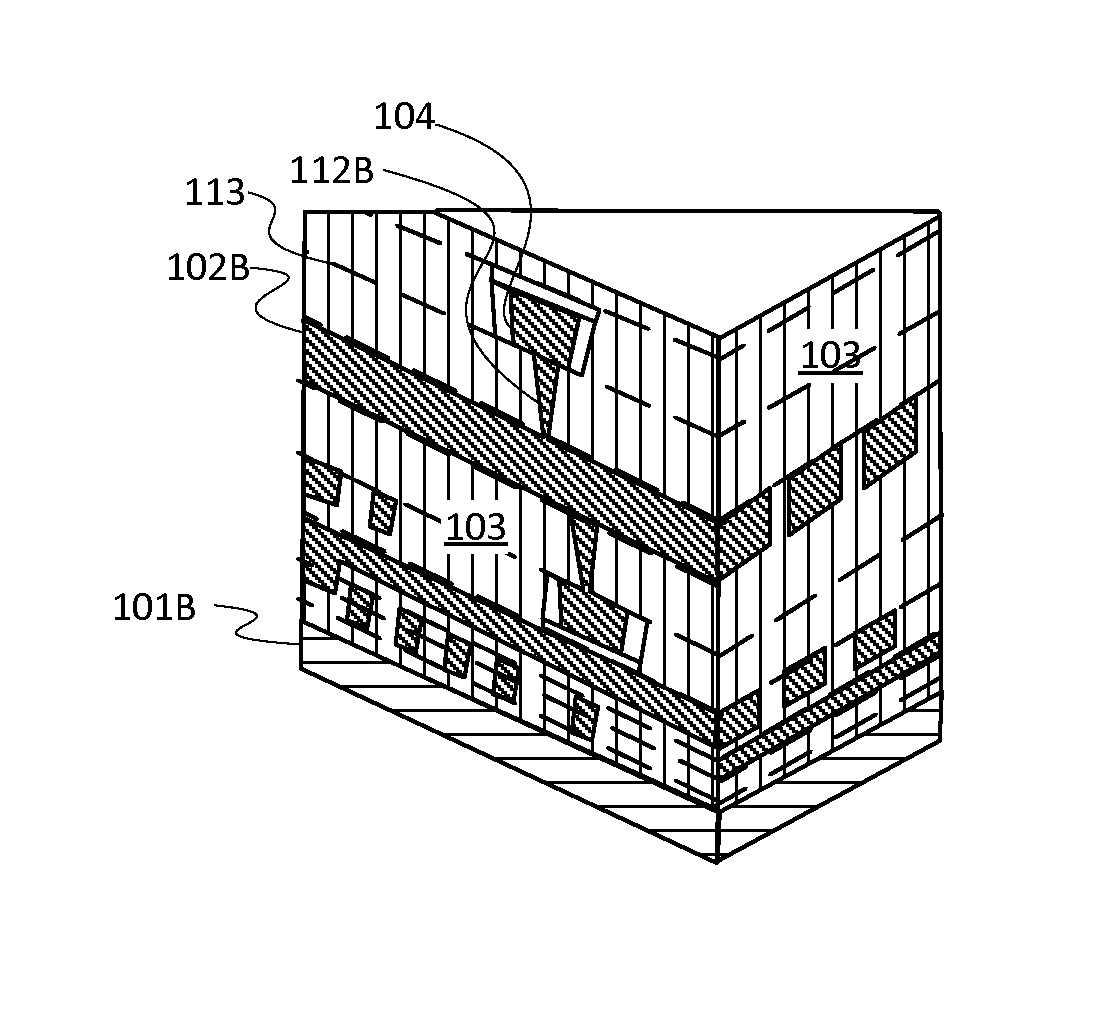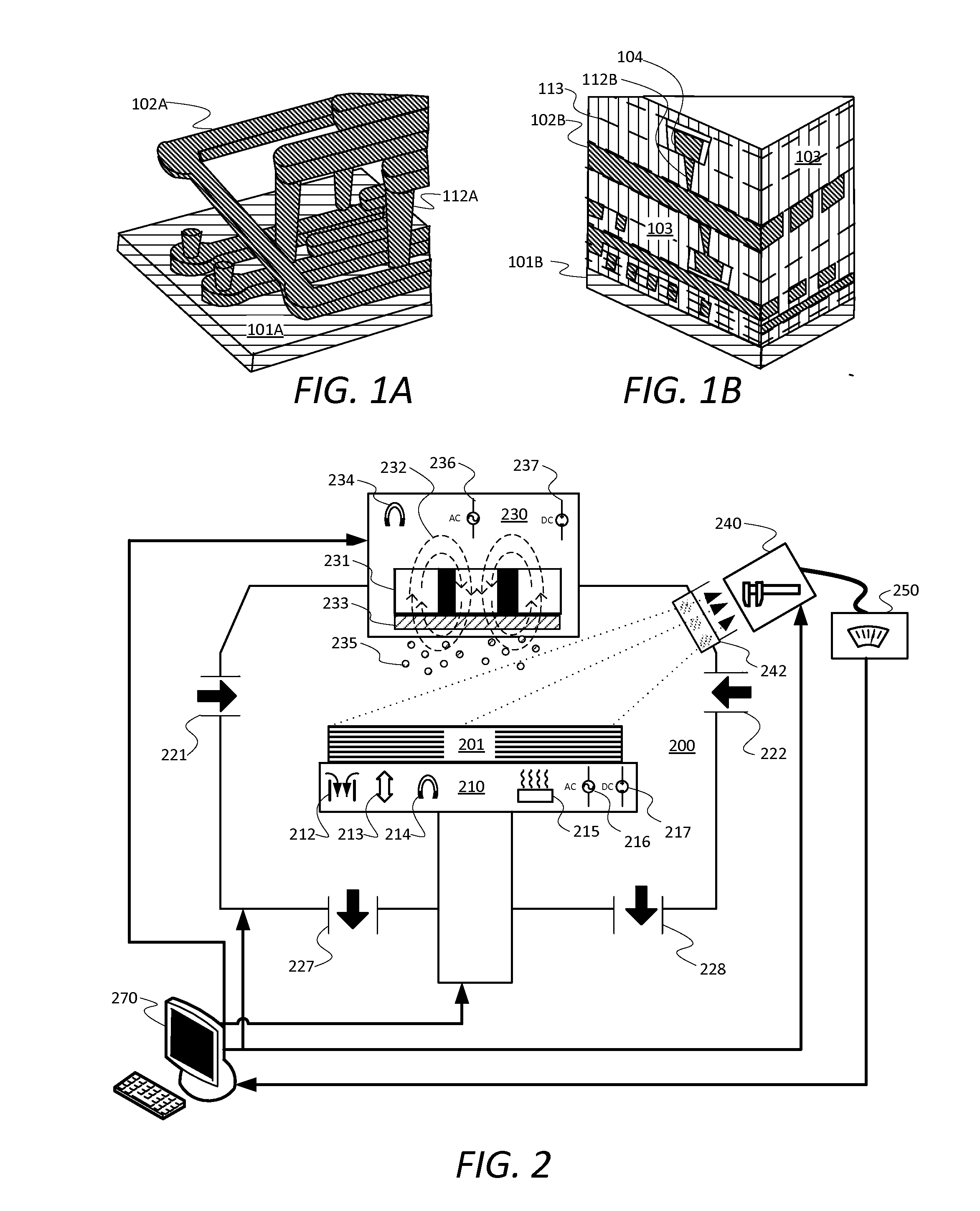Fluorine Passivation of Dielectric for Superconducting Electronics
a superconducting electronics and fluorine technology, applied in the direction of superconducting magnets/coils, magnetic bodies, and semiconductor/solid-state device details, can solve the problems of many surface treatments ineffective to remove defects from the bulk of the film, loss tangent, and unwanted reactions between the dielectric and the wiring materials
- Summary
- Abstract
- Description
- Claims
- Application Information
AI Technical Summary
Benefits of technology
Problems solved by technology
Method used
Image
Examples
Embodiment Construction
[0016]A detailed description of one or more example embodiments is provided below. To avoid unnecessarily obscuring the description, some technical material known in the related fields is not described in detail. Semiconductor fabrication generally requires many other processes before and after those described; this description omits steps that are irrelevant to, or that may be performed independently of, the described processes.
[0017]Unless the text or context clearly dictates otherwise: (1) by default, singular articles “a,”“an,” and “the” (or the absence of an article) may encompass plural variations; for example, “a layer” may mean “one or more layers.” (2) “Or” in a list of multiple items means that any, all, or any combination of less than all the items in the list may be used in the invention. (3) Where a range of values is provided, each intervening value is encompassed within the invention. (4) “About” or “approximately” contemplates up to 10% variation. “Substantially” con...
PUM
| Property | Measurement | Unit |
|---|---|---|
| Temperature | aaaaa | aaaaa |
| Thickness | aaaaa | aaaaa |
| Thickness | aaaaa | aaaaa |
Abstract
Description
Claims
Application Information
 Login to View More
Login to View More - R&D
- Intellectual Property
- Life Sciences
- Materials
- Tech Scout
- Unparalleled Data Quality
- Higher Quality Content
- 60% Fewer Hallucinations
Browse by: Latest US Patents, China's latest patents, Technical Efficacy Thesaurus, Application Domain, Technology Topic, Popular Technical Reports.
© 2025 PatSnap. All rights reserved.Legal|Privacy policy|Modern Slavery Act Transparency Statement|Sitemap|About US| Contact US: help@patsnap.com



